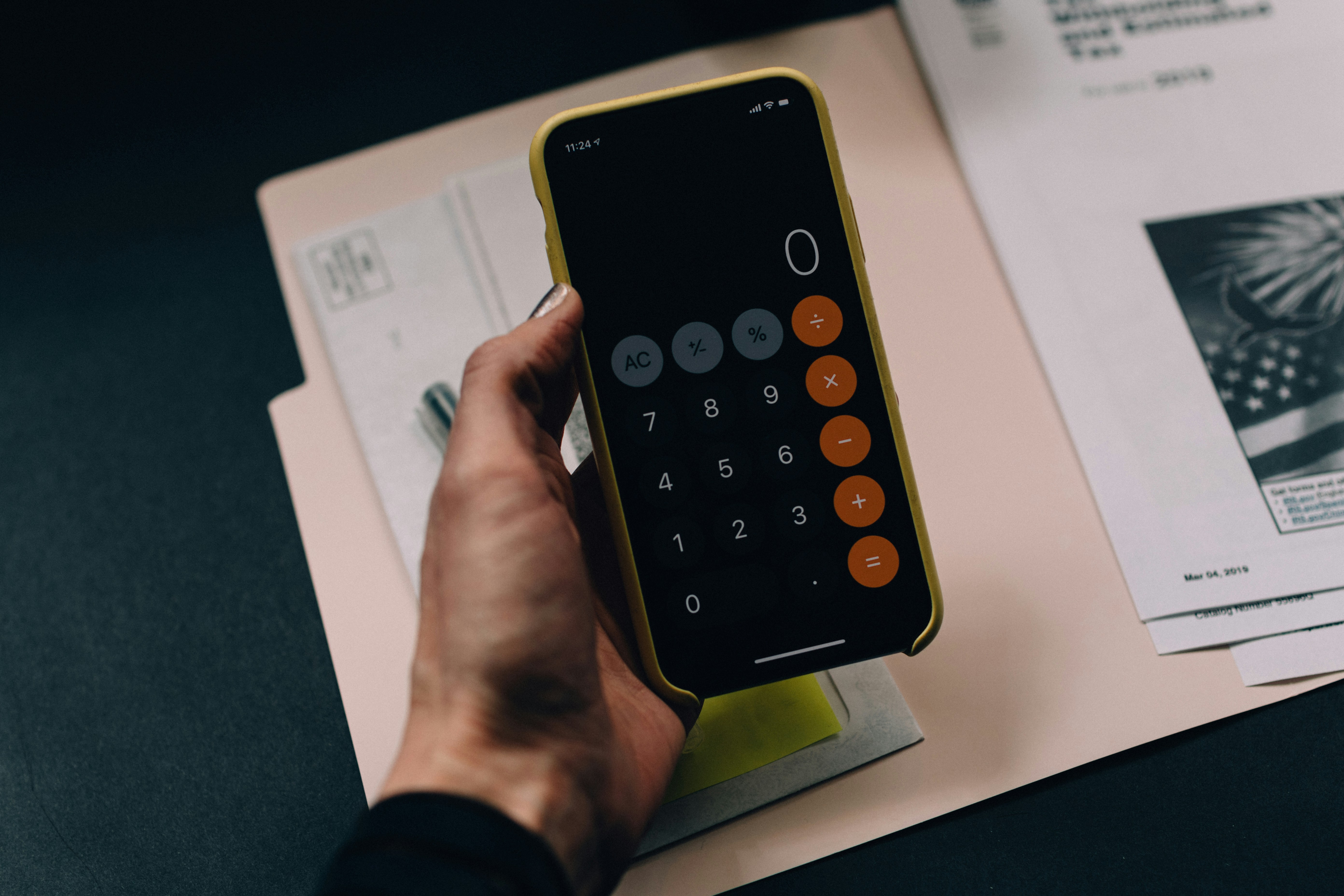Most of us know the theory: spend less than you earn and you'll be fine. Yet surveys from the National Endowment for Financial Education show that roughly 60% of Americans feel their finances are "out of control" at least some of the time. The problem isn't a lack of calculators; it's that traditional budgeting systems are hard to maintain in real life.
This guide breaks budgeting down into five practical steps you can implement in an evening and review in minutes each month. Whether you're saving for an emergency fund, paying down debt, or planning a major purchase, these principles will help you make progress that lasts.
Why Traditional Budgets Fail
- Too many categories
A colour-coded spreadsheet with 25 expense buckets looks organised but quickly becomes unmanageable. - Backward-looking data
If you only check your bank statement once a month, you're already reacting to problems instead of preventing them. - All-or-nothing mindset
Miss one weekly check-in and many people scrap the whole system. A good budget should be resilient to busy weeks. - Lack of motivation
Tracking expenses can feel like punishment when there's no visible reminder of why you're sacrificing in the first place.
Keep these pitfalls in mind as you work through the framework below.
Step 1 – Map Your Cash-Flow Reality
Before you assign a single dollar to a category, get clear on two numbers:
- Net monthly income (after taxes and deductions)
- Average monthly outflow over the last 90 days
Export statements from your main current account and credit card, then add up total money in and total money out. Don't worry about categorising yet; you simply need to know whether you're already running a surplus or a deficit. This baseline shapes every decision that follows.
Tip: log irregular income (freelance, bonuses) separately. You can't build a dependable plan on variable cash-flow.
Step 2 – Pick One Budgeting Method (Not Three)
There's no single "best" method, but trying to combine several almost guarantees confusion. Choose the style that fits your personality and lifestyle:
Zero-based budgeting
You allocate every pound, euro or dollar to spending, saving, or investing—so the balance hits zero. Great for detail-oriented planners.
50/30/20 rule
Needs = 50%, Wants = 30%, Savings/Debt = 20%. Ideal if you want broad guardrails without daily micromanagement.
Pay-yourself-first
Decide how much to save each month, automate that transfer on payday, then live off the remainder guilt-free. Perfect for those who hate tracking purchases.
Once you choose, commit for at least one full quarter before reassessing. Consistency reveals whether the framework works; constant switching masks the data.
Step 3 – Automate the Non-Negotiables
Humans forget. Apps and bank rules don't. Immediately set up:
- Automatic transfer to savings/investment on payday
- Direct debit for recurring bills (utilities, insurance, loan payments)
- Calendar reminders for irregular annual expenses (e.g., car tax)
By locking down essential outflows, you remove temptation and mental clutter. You'll know exactly how much "flex money" is genuinely available.
Step 4 – Create Feedback Loops You'll Actually Check
A budget only lives if you interact with it. Choose one feedback mechanism that aligns with your habits:
- Weekly 10-minute review on Sunday evening
- Mid-week push notification when a category hits 80% of its limit
- Colour-coded dashboard on your phone's home screen
The goal isn't to scold yourself—it's to nudge minor course-corrections before they become end-of-month surprises. Small adjustments (skipping one takeaway, postponing a purchase) compound into large savings over time.
Step 5 – Iterate Monthly, Celebrate Quarterly
Perfection is impossible; iteration is powerful.
- On the first of each month, compare planned vs. actual spending.
- Identify the one category with the biggest overshoot and lower friction to improve (e.g., set a grocery click-and-collect order to avoid impulse buys).
- Every three months, review progress toward big-picture goals like debt-free dates or holiday funds. Reward yourself for milestones hit—you're reinforcing positive behaviour, not depriving yourself.
Bringing It All Together
Budgeting is less about spreadsheets and more about systems:
- Clarity on inflow/outflow → realistic starting point
- A single, easy-to-follow framework → reduced decision fatigue
- Automation → fewer forgotten bills and late fees
- Real-time feedback → prevention instead of post-mortems
- Regular iteration → progress without burnout
Nail these five elements and you'll transform budgeting from a fleeting New-Year resolution into a sustainable habit.
Need a Simple Tool to Keep Everything in One Place?
If you'd like an all-in-one dashboard that connects your bank accounts, tracks spending against your chosen method, and visualises progress toward savings goals, check out Kapitech. It's a lightweight iOS app built by a small team (that's us) who were fed up with juggling multiple finance tools.

